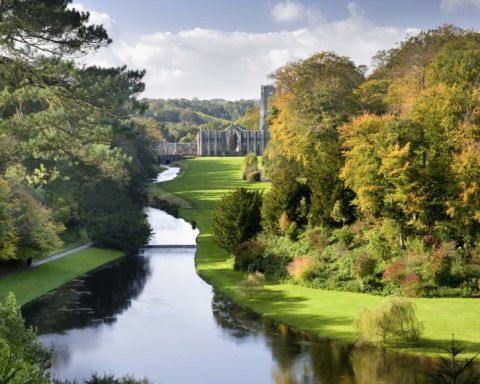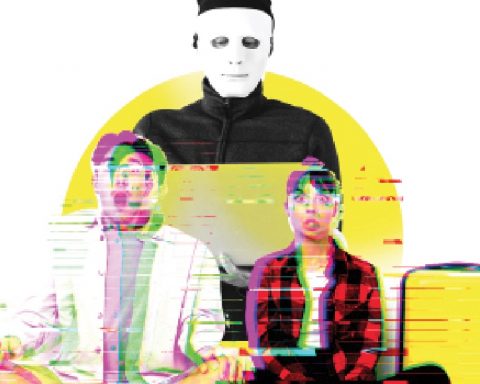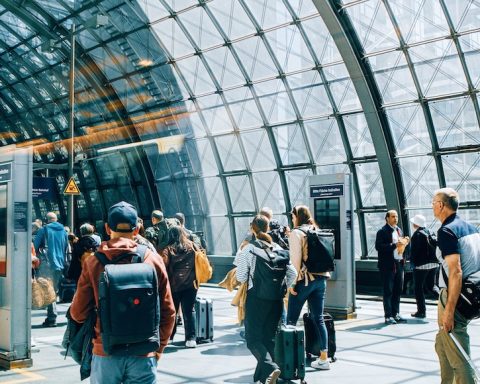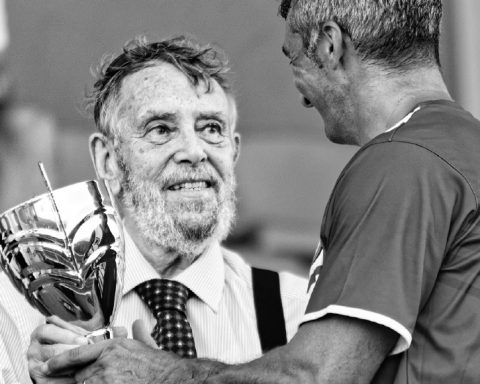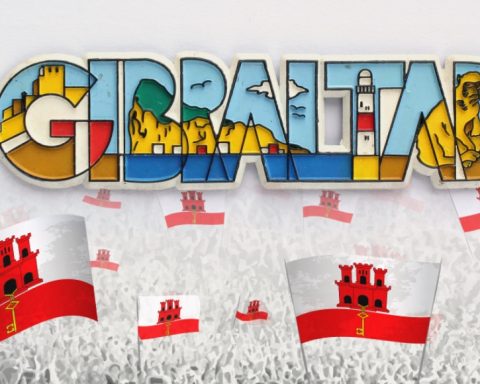There’s a good reason why Vietnam is often ranked among the ten friendliest countries in the world and that’s because of the Vietnamese people who are famed for their hospitality and friendliness towards foreign visitors.
Hanoi
Our first stop was Hanoi, where we were picked up from the airport by the hotel shuttle, and the journey through the city to the Old Quarter introduced us to the madness of the traffic. Lanes were crammed with scooters, bikes, cycle rickshaws, cars and hawkers perilously weaving in and out of each other’s way. Our senses were overloaded with noise and the experience was overwhelming but as soon as we reached the hotel we felt as if we were in a tranquil haven of peace and calm.
We decided to go for a walk to acquaint ourselves with the area, but soon realised that we had to have our wits about us as we tried to cross the street and dodge the traffic. The best advice I was given by a passing local was to step out into the road and to keep walking, “the traffic will go around you” he said.
Although the old section of Hanoi is often called the “36 Old Streets,” there are now more than 70. As we wandered through the noisy, busy streets we were bombarded by the smells, sights and sounds that surrounded us. We had to constantly sidestep motorbikes parked on the pavements as well as the merchandise overflowing from the shops out into the street. To escape the hustle and bustle we took a taxi to the Women’s Museum located near Hoan Kiem Lake in central Hanoi. Maybe not at the top of my list for a cultural visit but the museum showcases the roles of women in Vietnamese society and culture and we came away with a new respect for the women who have played a crucial part in Vietnam’s wars and also for the obstacles they overcame as society changed and we saw some interesting exhibits about marriage rituals.
One of the best things that we did was to go on a food walking tour with Pheung, a guide recommended to us by a friend. Pheung picked us up at our hotel and took us to the best local secret spots that we would never have found by ourselves. She explained the different types of food and customs and we stopped at stalls along the way to sample different fruits including persimmon, rambutan, betel nut and the herb perilla. Pheung gave us a masterclass in Vietnamese spices before taking us to a café frequented by locals where we sat on tiny plastic chairs & tables and ate Bun Cha – made up of rice noodles (bun), pork patties (cha), and thinly sliced fatty pork shoulder – and it was delicious. After several more food stops Pheung took us to the Temple of Literature where she explained the history of the site of Vietnam’s first university dedicated to the philosopher Confucius. Built in 1070, the temple has five attractive courtyards and has fortunately retained most of its original architectural style and character despite damage through the wars.
Our journey back to the hotel took us through the wide boulevards of the French Quarter where Pheung pointed out the distinctive French colonial architecture. Most of the villas in the Ba Dinh district are either embassies or belong to the government. Other notable buildings in the French Colonial architectural style include the Hanoi Opera House and the National Museum of History. Pheung spoke perfect English and explained how she lived and slept in one room with her husband, young daughter and her in-laws and told us that in general, most Vietnamese people hold no grudge against Americans or westerners despite the wars and conflicts they suffered and that they are in fact a peace loving nation.
Rooftop bars are often the best place to unwind with a cocktail after a day of sightseeing and Hanoi has numerous rooftop bars that offer incredible panoramic views of the city’s skyline. We chose the Rooftop Bar at Pacific Place on the 19th floor overlooking the red painted wooden Huc Bridge on the lake leading to Jade Island and the Ngoc Son Temple.
Halong Bay
A trip to Vietnam wouldn’t be complete without a visit to Ha Long Bay – a UNESCO World Heritage Site and one of the most beautiful natural wonders in the north of the country dotted with 2,000 limestone islands and islets. It was a three and a half hour coach ride from our hotel, with a stop off at one of the many craft workshops along the way, before we arrived to pick up a buggy that took us to a fender for our cruise on the magnificent Red Dragon junk, a three masted ship that tours the bays. There are longer options, but we were happy that our overnight trip gave us enough time to experience the beauty of the area, a favourite of Hollywood producers who featured it in many of their movies.
Our cabin was luxurious and there is nothing more decadent than sitting in a large corner bath with a glass of bubbly as you look out of the window on to extraordinary rock formations that seem to erupt skywards from the emerald waters in a vision of ethereal beauty, and if that sounds over the top, just wait until you try it! We sailed for a couple of hours, enjoyed a seven course lunch before anchoring and then I joined a tour in the tender for an excursion to a floating fishing village, whilst my other half went kayaking. The food was spectacular and we were given the opportunity to join a cooking class with the on board chef. Unusually, I made the point of getting up at 6.45 am to join a Tai Chi class before our final trip to explore one of the magnificent caves and grottos full of impressive stalagmites and stalactites.
Back to Hanoi and a lunch stop off on the way to see a Water Puppet show, performed inside a rice paddy with a pagoda built on top to hide the puppeteers who stand in the waist-deep water, but it was the detour through the paddy fields that was an eye-opener to those of us who naively didn’t realise that there are two ways to grow rice – wet-rice is grown in flooded fields rather than on dry hillsides – and that the rice plant grows to a height of three to four feet.
Ho Chi Minh
A little word of warning here… don’t take a rickshaw ride from the airport to your hotel. Apart from the fact that we feared for our lives as the two rickshaws (piled high with our luggage on our knees) weaved in and out of the motorbikes and cars, unfortunately the agreed price quadrupled when we got to our destination and we had to call for help from the hotel staff who threatened to call the police on our drivers.
We chose to take a luxury speedboat to the Cu Chi Tunnels, leaving behind us the high rise buildings and speeding down the Saigon River through the floating water hyacinths passing villages, plantations and green rubber forests on each bank. The tunnels are vast underground mazes that played a huge part in the Vietnam War and our guide was full of knowledge and history about how they were first built during the French occupation and then extended during the Vietnam War. At one point they stretched 250km all the way from Saigon to Cambodia and during the war they were used by the Viet Cong to elude and attack South Vietnamese and American forces. There was an opportunity to enter a small opening down into the narrow tunnels which I declined, but my husband took up the offer and even though he is not big in any way, the heat, darkness, humidity and claustrophobia were too much and suffice it to say he did not enjoy the experience.
Back in the city and a trip The War Remnants Museum, once called the Museum of Chinese and American War Crimes, is a must if you want to learn and understand more about the history of the country. There is a large amount of military hardware and exhibits including a French guillotine and “tiger cages” for Vietcong prisoners-of-war, but be warned, it is a difficult experience, especially when looking at some of the graphic images taken by war correspondents. Our final stop was the Reunification Palace built during the American Vietnamese War for the president of South Vietnam which is still in use for official functions. The Palace is like a time capsule from the 1970’s set over five levels. The basement houses tunnels, a war room and a telecommunications centre. On the third floor there is a card-playing room and on the fourth what else but a casino.
There is no doubt that I have fallen in love with Vietnam, a fascinating country that is full of surprises, and will return in the future to learn more about its gripping history and rich culture and to wonder at the striking landscapes from its golden coastlines to its huge national parks, mega-cities and historical temples and ruin – and, of course, its friendly inhabitants.




